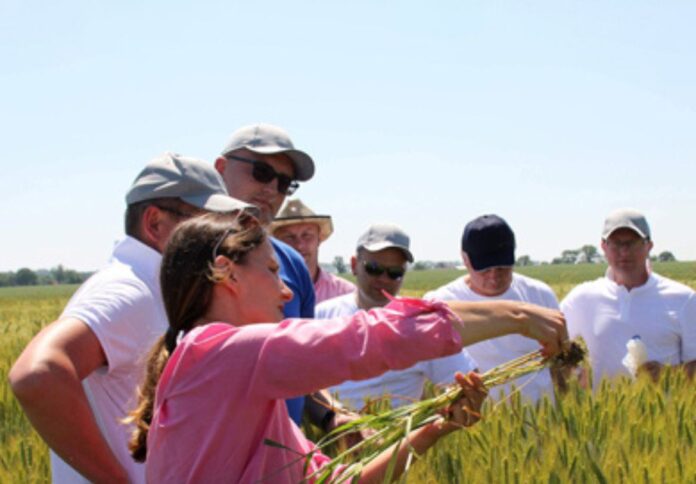
ASX-listed agricultural chemical company Nufarm has entered a long-term technology access and license agreement with Brazilian industrial biotechnology group GrantBio Investimentos to accelerate the development and global expansion of energy cane.
In addition to the deal, Nufarm also acquired energy cane assets from the company, including germplasm, breeding materials, related know-how products in various stages of development, and customer contracts, for USD 25 million.
Energy cane is a novel crop genetically designed to create an over 150 per cent increase in biomass compared to conventional sugar cane.
In an ASX announcement issued today, Nufarm said the new cane crop is a step change in biofuel and bioelectricity generation.
Nufarm’s division Nuseed plans to develop energy cane as a renewable, advanced, agricultural feedstock for supply to downstream energy partners.
Greg Hunt, chief executive for Nufarm, said the acquisition supports Nuseed’s Value Beyond Yield strategy and is expected to provide modest underlying earnings before interest, tax, depreciation, and amortisation in the short term.
“However, it has significant potential to contribute to Nufarm’s earnings growth over the medium to long-term as global expansion ramps up to meet demand for sustainable biofuels,” Hunt noted.
The acquisition and the license grant provide GranBio rights in the second-generation field.
“The long-term alliance with Nuseed will accelerate and improve the agricultural and technological advancement of energy cane worldwide. It will create a very powerful global solution to secure large-scale, non-food biomass as a reliable feedstock to biofuels such as Net Zero 2G ethanol and 2G sustainable aviation fuel,” said Bernardo Gradin, CEO of GranBio.
The Brazilian company has been developing energy cane over the past 10 years from traditional hybrid plant breeding focused on improving its energy output equation.
The result is a more robust cane, with higher fibre content and productive potential which is ideal for the production of biofuels and biochemicals, and for the generation and/or cogeneration of bioelectricity.




















